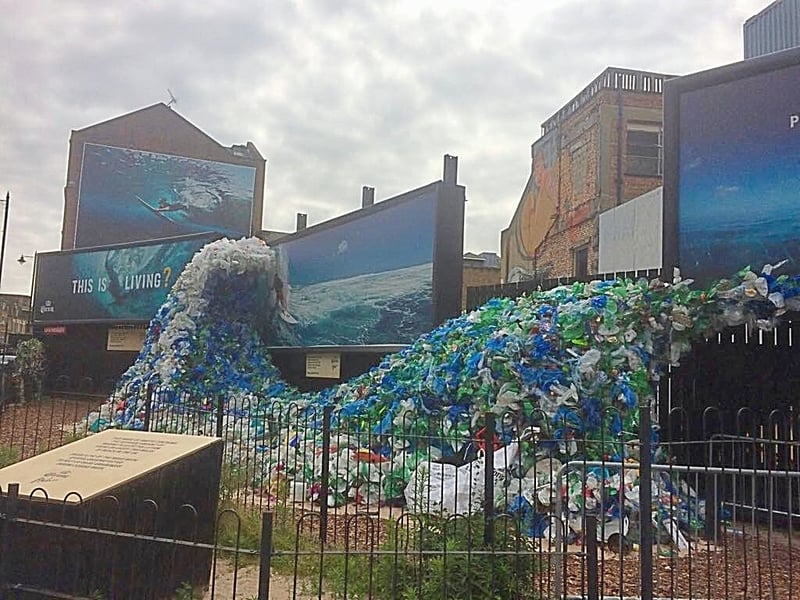
The consultancy Eunomia published a report recently which lifts the lid on declared recycling figures.
Their analysis finally gives some data credibility to what many of us already intuitively knew... ...it cannot be possible that we recycle half our waste in the UK...
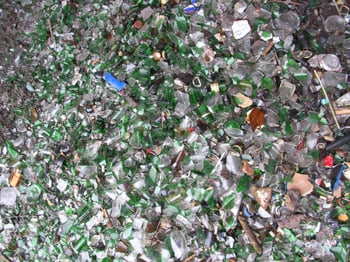 I'm not going to rewrite their report here, it's quite short and you can read it yourself. But there are a couple of points worth emphasising.
I'm not going to rewrite their report here, it's quite short and you can read it yourself. But there are a couple of points worth emphasising.
First, no country uses data that can be compared from one to another.
As an example, Germany includes inputs into mechanical and biological treatment, some 2.1 million tonnes, as recycled.
Anyone who has been near or into an MBT (mechanical biological treatment) plant (I have for ten years!) and anyone who analyses the data from them (the excellent Italian government agency ISPRA have been doing so for 20 years) knows that recycled output material actually used for similar purposes as the inputs, is no more than 8%. Eunomia estimates 6%.
And this is mainly metals.
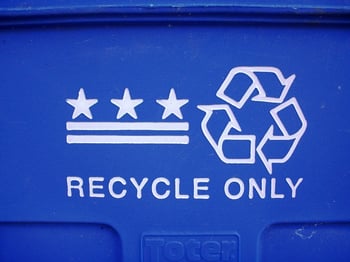 Plastics, paper, food waste, textiles, are so contaminated by each other that they cannot be recovered for anything much more than burning as fuel.
Plastics, paper, food waste, textiles, are so contaminated by each other that they cannot be recovered for anything much more than burning as fuel.
Germany includes this as recycling.
Similarly, contamination of dry recycling and biowaste (food and garden waste) are around 10-13%. Yet the whole 100% of these materials collected for recycling is counted. Taking all of this into account, Germany’s declared recycling level of 66% falls in reality to 54%.
Incineration as recycling
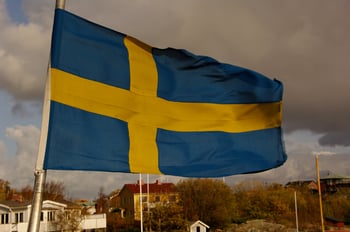 Secondly, the accounting for incineration of waste as recycling is common across the globe.
Secondly, the accounting for incineration of waste as recycling is common across the globe.
Sweden claims 99% recycling because it burns much of it, some 50% of it!
While Sweden has highly efficient burners that recover both energy as electricity and district heating; it is not a comparable measurement for most of the world.
But there is another issue here which Eunomia do not consider, and this is the consequence of the revised Waste Framework Directive (WFD) currently awaiting publication; which will enter into law by 2020.
The WFD revises the calculation methodologies currently used by EU countries – there are four. The UK, like Italy and others, counts as recycling what is collected separately for recycling. Both have declared recycling levels of about 44%.
The new WFD however states that to count as recycling, the materials have to enter a final recycling stage or plant. In other words, the contamination included in the original collection which is not recycled, has to be excluded.
Plastics collected together, probably not recycled
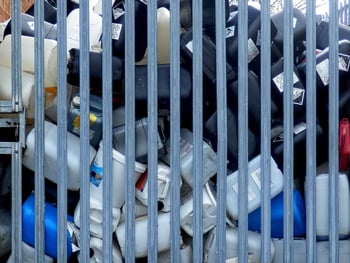 For example, two thirds of plastics, if collected together, probably will not be recycled. PVC cannot be recycled in the same process as PET or HDPE, and these need to be separated. Many plastics have no recyclate market, especially after the closure of the Chinese market to our recycled waste. So we cannot count these in our recycled statistics.
For example, two thirds of plastics, if collected together, probably will not be recycled. PVC cannot be recycled in the same process as PET or HDPE, and these need to be separated. Many plastics have no recyclate market, especially after the closure of the Chinese market to our recycled waste. So we cannot count these in our recycled statistics.
If we take into account the new calculation methodology, I expect we will see similar significant falls in declared recycling rates to those outlined by Eunomia. I suspect the UK will have a newly revised recycling level of around 30-33% against the 44% now declared.
Add to this that we have new revised higher recycling targets to meet, and the cat really is out of the bag.
The WFD confirms the old Directive’s EU-wide target of 50% by 2020 and agrees a new target of 65% by 2035. In this case, the UK has to jump from 33% to 50% in just two years (not a bat’s chance in hell) and double in 17 years (could be done depending upon the financial resources available).
What does this mean?
What all this means is that we are being told half-truths when talking about recycling as it is today. Plus we need to revolutionise how we manage our waste to get anywhere near to 65% in 2035.
To go from zero to 10% recycling is easy; to 20%, doable without systemic change; to 40% requires systemic change as we've seen in the last two decades; and to 65% requires full-scale investment in the implementation of new collection systems and the treatment of biowaste, as well as a step-change in dry recycling collection.
The industry, if it takes up the challenge, will see its turnover double over a decade. That is really interesting, providing we face the challenge as an opportunity and not as an imposition.

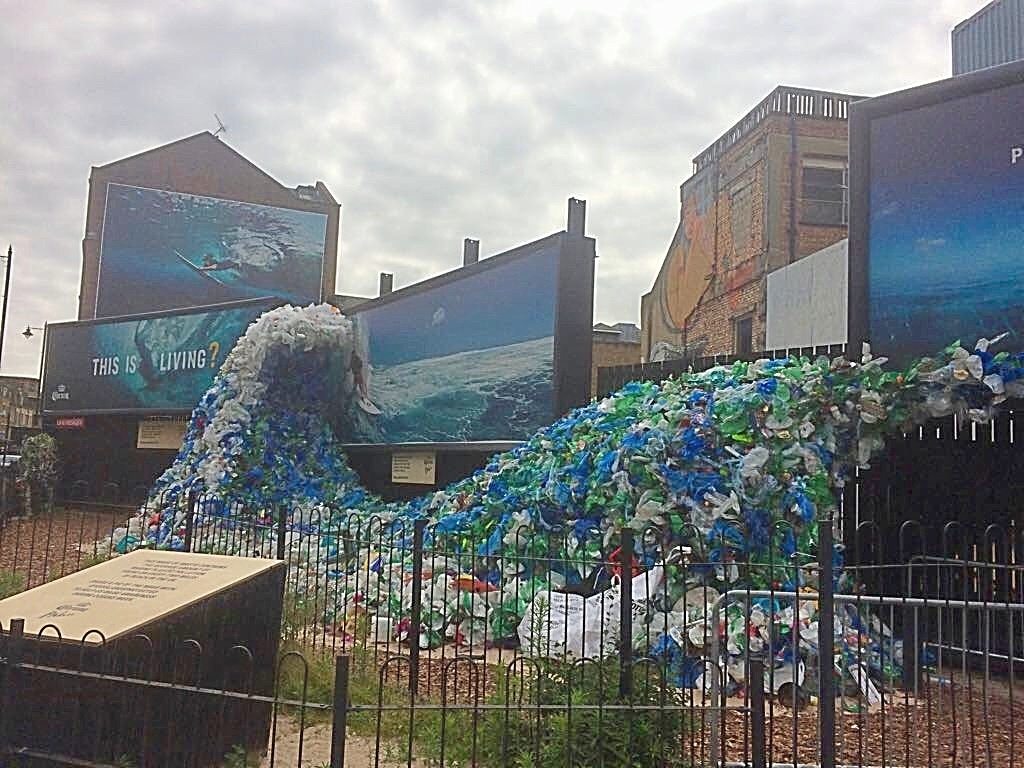







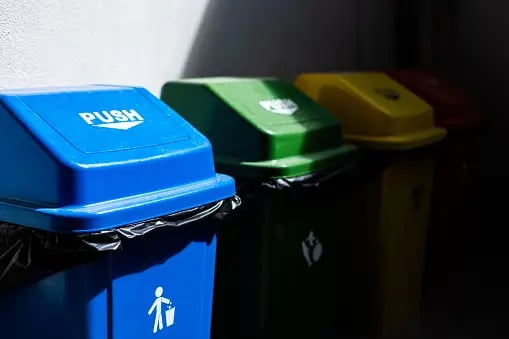

 I'm not going to rewrite their report here, it's quite short and you can read it yourself. But there are a couple of points worth emphasising.
I'm not going to rewrite their report here, it's quite short and you can read it yourself. But there are a couple of points worth emphasising. Plastics, paper, food waste, textiles, are so contaminated by each other that they cannot be recovered for anything much more than burning as fuel.
Plastics, paper, food waste, textiles, are so contaminated by each other that they cannot be recovered for anything much more than burning as fuel.  Secondly, the accounting for incineration of waste as recycling is common across the globe.
Secondly, the accounting for incineration of waste as recycling is common across the globe. For example, two thirds of plastics, if collected together, probably will not be recycled. PVC cannot be recycled in the same process as PET or HDPE, and these need to be separated. Many plastics have no recyclate market, especially after the closure of the Chinese market to our recycled waste. So we cannot count these in our recycled statistics.
For example, two thirds of plastics, if collected together, probably will not be recycled. PVC cannot be recycled in the same process as PET or HDPE, and these need to be separated. Many plastics have no recyclate market, especially after the closure of the Chinese market to our recycled waste. So we cannot count these in our recycled statistics.